
The CDC recommends regular testing for bacterial sexually transmitted diseases (STDs) among all sexually active gay, bisexual, and other men who have sex with men (MSM). Chief among these STDs are gonorrhea, chlamydia, syphilis, and hepatitis C.

Maggie is a senior editor for The American Journal of Managed Care® (AJMC®) and produces written, video, and podcast content covering several disease states. She joined AJMC® in 2019, and has been with AJMC®’s parent company, MJH Life Sciences®, since 2014, when she started as a copy editor.
She has a BA in English from Penn State University. You can connect with Maggie on LinkedIn.

The CDC recommends regular testing for bacterial sexually transmitted diseases (STDs) among all sexually active gay, bisexual, and other men who have sex with men (MSM). Chief among these STDs are gonorrhea, chlamydia, syphilis, and hepatitis C.

There is a 15% to 20% greater chance of death in the 90 days following a hospitalization for heart failure among patients with Medicare compared with the general population. Social determinants of health (SDOH) are an influencing factor of this rate.
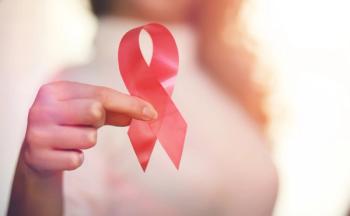
According to 2015 CDC data, current viral suppression rates from antiretroviral therapy (ART) leave room for improvement among both HIV-positive individuals who are aware of their disease status and those receiving care, at 40.0% and 81.5%, respectively.
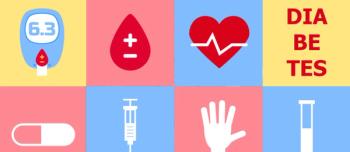
The risk of both heart attack and stroke increases 2- to 3-fold among individuals with comorbid diabetes and cardiovascular issues; however, recent study results show improved odds of both not occurring, as well as less of a risk of hospitalization for heart failure or lower extremity amputation.

Preexposure prophylaxis (PrEP) was first approved by the FDA in 2012, but only for use among adults. An indication was added in 2018 for its use among adolescents.
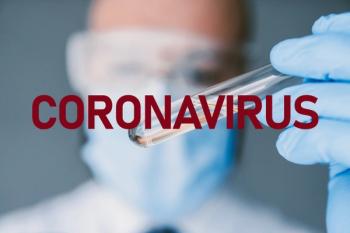
Recent study results show that patients with cancer who develop coronavirus disease 2019 (COVID-19) are far more likely to die than those who develop COVID-10 but do not have cancer. Patients being treated with immunotherapy appear to be at particularly high risk.

According to the most recent PwC Health Research Institute Consumer Survey results, the top consumer concerns for the post–coronavirus disease 2019 (COVID-19) period are overall health and financial well-being, with 32% saying health-related spending adjustments have already occurred or are in the planning stages.

An international team of investigators recently tried to answer this question, focusing on women with diagnosed early-stage disease and considered obese, with a body mass index above 30 kg/m2.

There's a way to boost participation in clinical trials and modernize the cumbersome process of patient accrual, noted current ASCO President Howard A. “Skip” Burris, MD, FACP, FASCO, on day 2 of Virtual COA 2020. It means shifting clinical trials out of hospitals and tertiary care centers and bringing them to the patients.
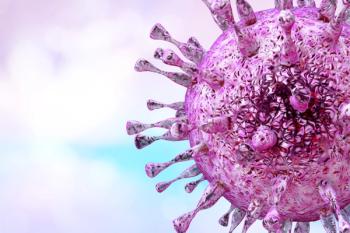
Following interim results presented at the 2017 Conference on Retroviruses and Opportunistic Infections, a team of investigators from Vall d’Hebron in Spain delivered their final results at this year’s virtual conference on cytomegalovirus (CMV) viral load response to antiretroviral therapy compared with anti-CMV treatment.

Day 1 of Virtual COA 2020, this year’s Community Oncology Conference, kicked off with the panel discussion, “Top Oncology Issues Now & Looking Ahead,” led by Bo Gamble, director of Strategic Practice Initiatives at the Community Oncology Alliance. Topics covered ran the gamut: from Zoom being everyone’s new middle name to telehealth to caring for patients’ medical and social needs and beyond.

In the United States, heart failure affects a patient population of over 6.5 million. Through medication management, transportation, and emotional support, among the many tasks they assist with, these patients’ caregivers provide services valued at $7.9 billion annually.

Cognitive impairment is a well-documented adverse effect of treatment from breast cancer. Complications from it can appear soon after treatment has begun or far down the road.

In a preview interview for this year’s 2020 Community Oncology Conference, The American Journal of Managed Care® speaks with Anshu Jain, MD—radiation oncologist at Ashland Bellefonte Cancer Center in Ashland, Kentucky; assistant clinical professor at the Yale School of Medicine; and Community Oncology Alliance board member—on how important it is to always strive for excellence in medicine.

Chlamydia, gonorrhea, syphilis, and trichomoniasis are 4 sexually transmitted infections (STI) that have seen sharp increases in occurrence over the past 10 years. Their combined overall rate rose 31% between 2013 and 2017 and correlate with a lower overall HIV testing rate among adolescents.

In this preview interview for this year’s virtual 2020 Community Oncology Conference, The American Journal of Managed Care® speaks with Kathy Oubre, MS, chief operating officer of Pontchartrain Cancer Center in Louisiana, on why it is her privilege to work with patients who have cancer, as well as her thoughts on telehealth after the pandemic and why being in a hurricane-prone area necessitates healthcare that is flexible.

In the second part of a 2-part preview interview in advance of this year’s virtual 2020 Community Oncology Conference, The American Journal of Managed Care® speaks with Cheryl Larson, president and chief executive officer of the Midwest Business Group on Health, about how she is helping employer organizations navigate their pharmacy benefits managers and manage employee expectations.

In the first part of a 2-part preview interview in advance of this year’s virtual 2020 Community Oncology Conference, The American Journal of Managed Care® speaks with Cheryl Larson, president and chief executive officer of the Midwest Business Group on Health, about how she is helping employer organizations navigate their pharmacy benefits managers and manage employee expectations.

There is a greater risk of hormone receptor–positive breast cancer if a patient is obese. Researchers from the University of Louisville have discovered a possible new link between obesity and a greater risk for developing breast cancer: adipose fatty acid binding protein.
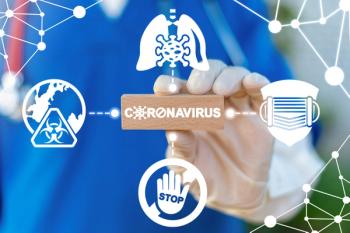
Despite positive results seen from the use of chloroquine and hydroxychloroquine in some patients hospitalized with coronavirus disease 2019 (COVID-19), concern is mounting about how these drugs affect patients’ cardiovascular health, specifically the heart.

Despite being at an increased risk for HIV and hepatitis C, persons who inject drugs (PWID) are tested at dismal rates for both: just 8.6% and 7.7%, respectively, according to data from 2010 to 2017. PWID who live in rural communities are more likely to face barriers to adequate testing and care for both diseases.

Several prominent oncology organizations, including the National Comprehensive Cancer Network and the Commission on Cancer, have joined forces to issue preliminary guidelines on how to treat patients with breast cancer during the coronavirus disease 2019 (COVID-19) pandemic.
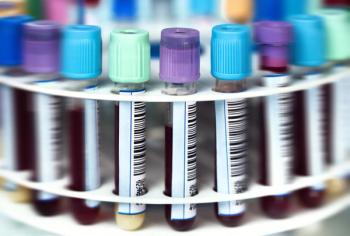
The chemical symbol for iron is Fe, which stems from the Latin word for iron, Ferrum. Therefore, it is easy to see the connection on how ferritin is the protein responsible for iron storage and release in the body and transferrin is the protein responsible for transporting that iron.

As of 2017, 184,718 young adult women and men were living with HIV in Kenya, for an annual prevalence of 2.61% and 1.34%, respectively. Female sex workers are at higher risk of contracting HIV.

The Association of Community Cancer Centers held its 46th Annual Meeting and Cancer Center Business Summit March 4 to 6 in Washington, DC.

Meeting HHS’ minimum requirements for daily and weekly exercise reduced breast cancer recurrence and mortality among patients with high-risk breast cancer undergoing chemotherapy. This benefit was even seen in patients who had not met these requirements before their diagnosis.
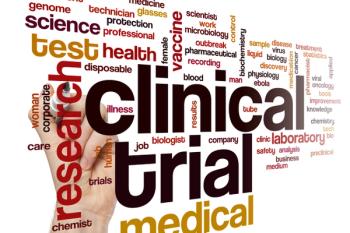
Does patient representation in trials of acute coronary syndrome (ACS) correlate with epidemiologic studies of patients with the condition? According to recent results published in JAMA Cardiology, older patients, women, and black patients continue to be underrepresented in ACS trials.

Between 2012 and 2018, 93.8% of HIV-positive active military service members were on continuous antiretroviral therapy (ART). Of this group, 99.0% were virally suppressed by the end of their first year on ART.

The standard therapy for triple-negative breast cancer (TNBC) remains chemotherapy, despite a dismal prognosis due to lack of estrogen and progesterone hormone receptors, as well as HER2 receptors. Targeted therapies for this difficult-to-treat, often aggressive, subtype of breast cancer remain elusive.

Almost 70% of the world’s population could be living in urban areas, being continuously exposed to air pollution, by 2050, while cases of dementia are expected to triple. Recent study results highlight the link between cardiovascular disease and dementia, as mediated by long-term exposure to air pollution.

259 Prospect Plains Rd, Bldg H
Cranbury, NJ 08512
© 2025 MJH Life Sciences®
All rights reserved.
